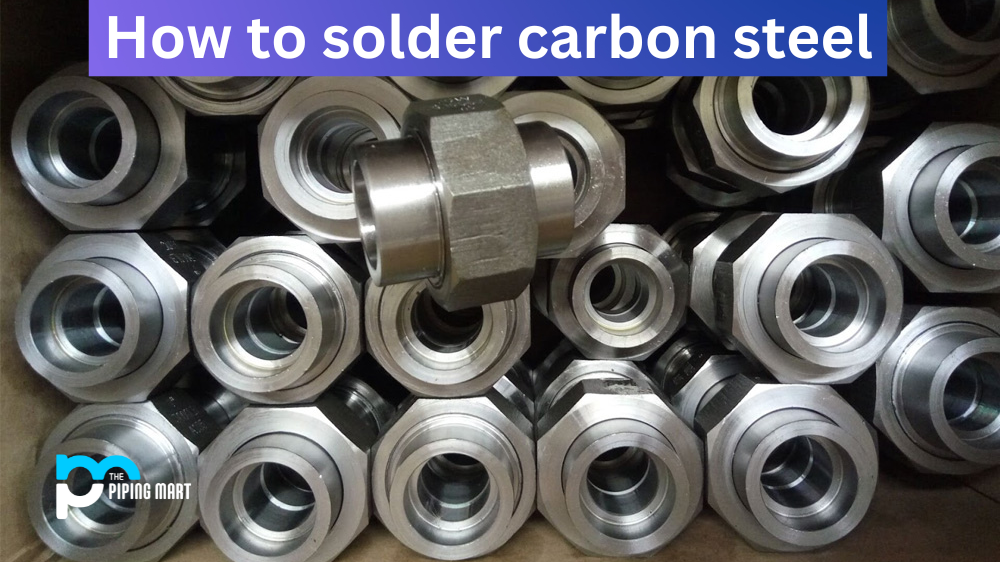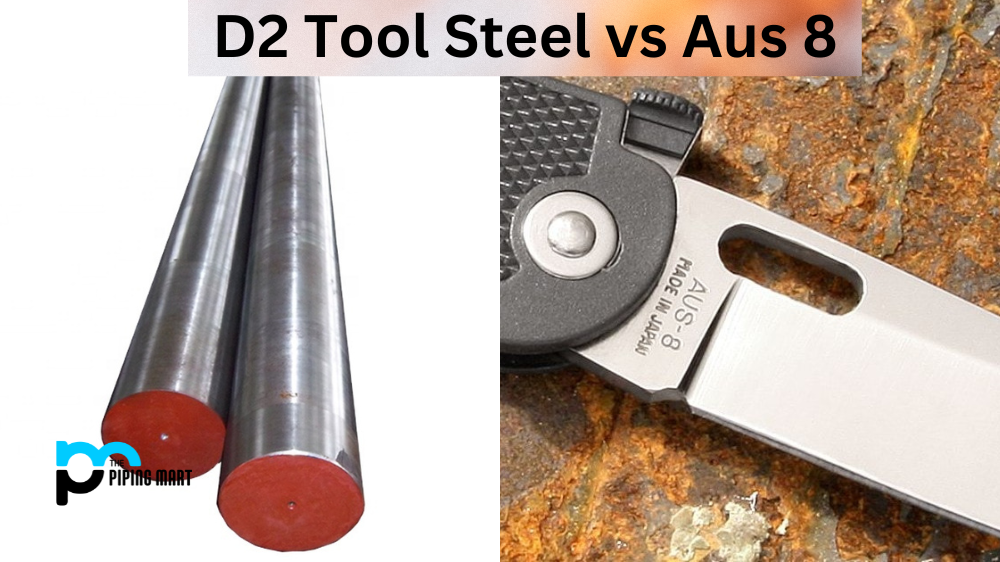Soldering is an important skill for any metal worker, and it’s especially important when working with carbon steel. Carbon steel is a type of steel that has a higher carbon content than other steels, making it ideal for soldering because it has better heat conductivity. In this blog post, we’ll discuss the basics of soldering carbon steel so you can get started in no time.
Soldering Tools Needed
Before you begin soldering, make sure you have all the necessary tools and supplies on hand, including flux, solder wire, and a soldering iron. You will also need some basic safety equipment, such as safety glasses and gloves, to protect your eyes and hands from burns. Additionally, a good ventilation system is essential to ensure that fumes created by the soldering process don’t accumulate in your workspace.
Soldering Process
Once you have all the necessary equipment ready to go, you can start the soldering process. Begin by heating up your soldering iron until it reaches the desired temperature (usually around 600°F). Next, apply flux to both pieces of metal that are being joined together. Flux helps create a strong bond between two metal surfaces by removing oxides from the surface before they can be formed during heating. Next, position the two pieces of metal together as close as possible without overlapping them, and use your hot iron to melt some solder into place between them. Let cool for at least 15 minutes before handling or testing for strength. If necessary, repeat the process until the joint is secure enough to hold whatever you intend to attach it to or carry its load without giving way.
Tips For Successful Soldering
Soldering can be tricky if you don’t follow certain tips and guidelines while doing so. Make sure that both pieces of metal being joined together are completely clean before applying flux or solder; even tiny particles of dust or dirt can cause weak spots in your joint that could cause it to break easily later down the line. Additionally, make sure not to apply too much heat when melting solder onto carbon steel; too much heat can cause warping or damage to surrounding areas due to thermal expansion. Finally, always use new solder wire whenever possible; old solder wire may have impurities that can weaken your joint over time if left unchecked.
Conclusion:
Now that you know how to solder carbon steel correctly and safely, why not give it a try? With practice and careful attention to detail (and following all appropriate safety measures), you’ll soon become an expert at soldering! And once you’ve mastered this skill set, there will be no limit on what kind of projects you’ll be able to take on with confidence! Good luck!

A passionate metal industry expert and blogger. With over 5 years of experience in the field, Palak brings a wealth of knowledge and insight to her writing. Whether discussing the latest trends in the metal industry or sharing tips, she is dedicated to helping others succeed in the metal industry.




